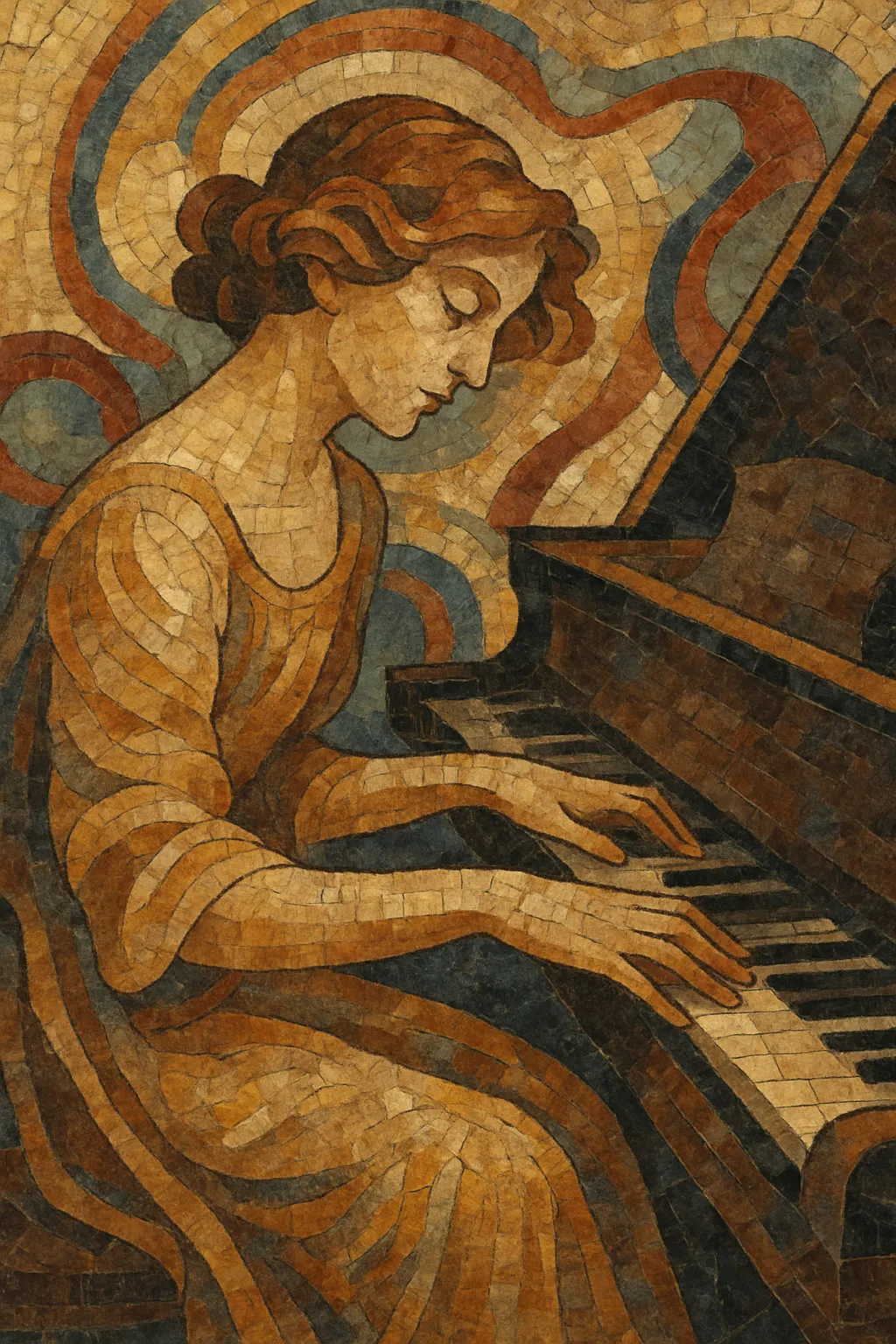An impromptu is a short Romantic-era character piece—most often for solo piano—designed to sound spontaneous and improvisatory.
While the music gives the impression of free invention, it typically follows clear small forms (often ternary ABA or a rounded binary) and balances lyrical melody with ornamental figuration.
Impromptus tend to feature cantabile right-hand lines, flowing arpeggiation, rich Romantic harmony, and flexible rubato, making them popular salon pieces and concert encores.
The term “impromptu” was popularized in Vienna in the early 1820s, notably through Jan Václav Voříšek, whose Impromptus Op. 7 helped codify the idea of a composed miniature that emulates improvisation. The genre emerged from Classical-era improvisation practices, small piano forms like bagatelles and preludes, and the growing culture of salon performance.
Franz Schubert’s two sets of Impromptus (D. 899 and D. 935) crystallized the genre’s poetic character, marrying memorable song-like themes with elegant pianistic textures. Soon after, Frédéric Chopin and Robert Schumann adopted the label for select works, extending the expressive range—from intimate cantabile to brilliant figuration. The impromptu thrived as a quintessential salon piece, prized for expressive immediacy and technical polish.
Composers such as Gabriel Fauré (five Impromptus), Jean Sibelius (Six Impromptus, Op. 5), and others continued the tradition, often blending refined harmonic language with compact forms. The impromptu became a vehicle for personal lyricism and pianistic color, influencing later solo-piano miniatures and helping establish the lineage leading to modern concert encores and contemporary neoclassical piano pieces.
Although the label is tied to the Romantic era, its ethos—crafted spontaneity—echoes in modern classical and neoclassical solo-piano writing, film and production music cues, and contemporary “post-classical” idioms that favor intimate, evocative miniatures.


